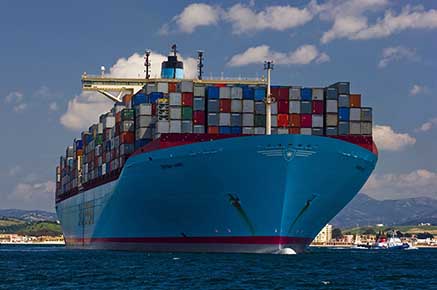The Baltic Sea prohibits the discharge of sewage.

This may seem very abstract to you, but until recently, even now, ships sailing on the Baltic Sea can legally dispose of sewage from the deck, pouring them out into the sea. Of course, the very word "sewage" in conjunction with "sea" already causes loud opposition in us, but this is not the end of this strange story.
Have you ever heard reports of cyanobacteria? These algae, which are toxic to humans, always appear in the Baltic Sea in summer, when the water and air temperatures suddenly rise rapidly. And their cause of spreading is nothing else, such as phosphates and nitrates that are discharged into the water with the sewage. These salts also cause the so-called. blooming of other water bodies, like for example. Lakes. Because, they are not only found in Baltic wastewater, but also in agricultural fertilizers and detergents.
However, the bloom of the sea is a much more serious matter than the bloom of a smaller body of water. First of all, the Baltic Sea is biodiversity of species on a very large scale, the number of which may drop significantly, if the cyanobacteria develop enough, that they would deprive the reservoir of light and oxygen: two factors necessary for survival in water. You can see it very clearly on the example of lakes. I remember the diagram in the book about nature, where the process of total eutrophication of the reservoir is shown. In the final stage, it becomes a shallow puddle, where there are no living conditions for a diverse fauna and flora.
Because, We should be very pleased with the fact, that the Baltic Sea has just been partially saved. The International Maritime Organization prohibits the discharge of sewage from 2019 for new ships and from 2021 years for ships, that already run on our waters. Currently it goes to the Baltic Sea on average 298 tons of nitrogen i 103,5 tons of phosphorus per year, all this thanks to industrial and tourist ships. Unlike other seas, The Baltic Sea is also shallow. At a depth of 50m, pollution accumulates in it much faster. Therefore, the decision made by the International Maritime Organization is an opportunity. Since the ban was introduced, all vessels sailing on the Baltic Sea will have to leave their sewage in ports, in special port facilities processing them or have an on-board sewage treatment plant on board. Let's hope so, that it will be faster than in 2021.